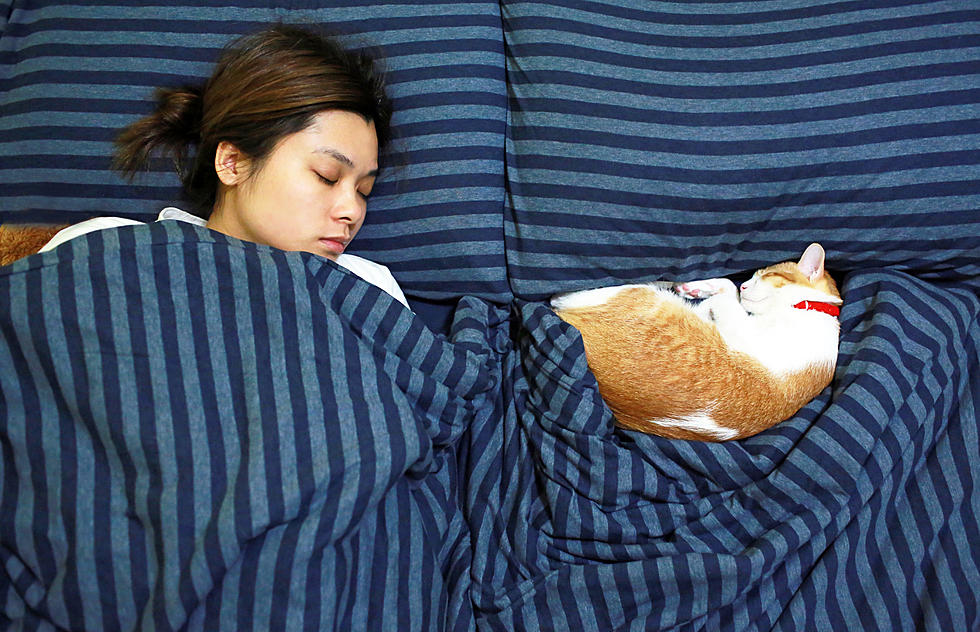
How To Take A Nap…File This Under Important Stuff
From the best time of day to the perfect snooze length, here’s the guide on how to take a nap.
Whether you think you need daytime rest or not, picking up a nap habit—or continuing to make time for one—is a smart, healthy move. The Mayo Clinic tells us that a good nap promotes relaxation, reduces fatigue,enhances a better mood and alertness, and a sharper-working mind.
Here's how to go about taking that perfect short term snooze:
A 20-minute nap will boost alertness and concentration; a 90-minute snooze, which includes deeper stages of sleep, can enhance creativity. Any longer could lead to a really deep sleep that could lead to grogginess when you wake up, so keep it fairly short.
You experience a natural dip in body temperature (the same kind that makes you feel sleepy at night) between 1 p.m. and 3 p.m. A power nap at this time can boost alertness for several hours and, for most people, shouldn’t affect being able to fall asleep at night. This is where the Latin tradtion of siesta comes in.
It takes about 50 percent longer to fall asleep sitting up than lying down. (That’s why we sleep so poorly on planes and trains!) Pick a dark, cozy place that’s not too warm or too chilly. Prevention.com recommends napping on the couch instead of in bed, so you’re less tempted to snooze for too long. Also, the Boss would probably notice if you try to set up the old Tempurpedic in your office or work area.
These are just some tips to help get that perfect short term snooze. Now I have to go find my pillow.
More From News Talk KIT









